When we make ourselves some tea or coffee, we don’t usually bother about what cup to take. Moreover, most of us would just grab the first mug we come across. However, if we take a closer look at the tea ceremony traditions, we can find certain surprising and curious facts that we would like to share with you in this post.
Want to know how to tell the difference between the tea cup and a coffee mug from the first glance? Then keep on reading!
What Are Tea Cups And Coffee Cups?
The question may sound weird, because the answer seems to be obvious and clear: ones are made for drinking tea whilst others are meant for coffee. And basically that is true, and most of us do not bother at all about which mug to take when we want to enjoy one of these drinks.
However, if we take tea time tradition (which is still alive in several countries) into account , we will discover that the cups meant for drinking tea do have certain distinctions compared to their coffee “cousins”. And more than that, the devoted coffee lovers can confirm that vessels used for this drink are also not all the same.
To give you a quick overview, compare the basic differences between these two types of vessels.
- Tea is a kind of drink that was traditionally supposed to be enjoyed slowly with the ceremony organized according to certain rules and etiquette regulations. This led to teacups being elegant and quite small so that we could hold them easily with one hand or even a couple of fingers!
Besides, these vessels are designed so that they could cool the drink quickly enough and reveal its aroma and taste. This is why they often have a wide-open mouth and they are shallow.
Every nuance about the traditional teacup, from its shape to the material it was made of, has its specific purpose that most of us don’t even have an idea about. You would definitely be surprised to learn that even the shape of its handle matters!
- Coffee vessels are way less complicated. If teacups are the aristocrats of the tableware world, then coffee mugs are more like that no-problems simple guy. Their original purpose is to keep the content warm as long as it is possible, besides, these cups were designed so that we could cozily hold them embracing with both our palms.
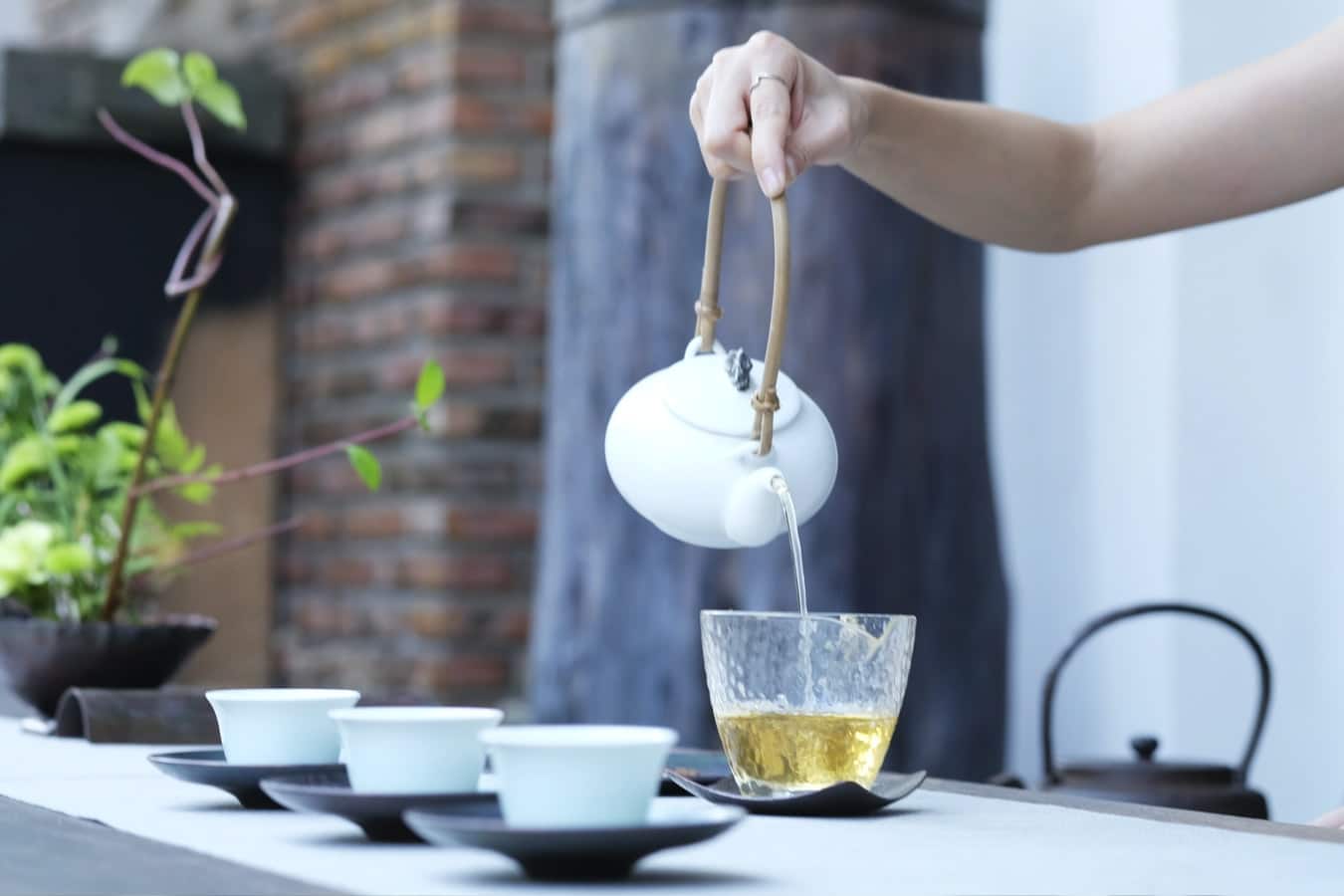
This is why coffee mugs are usually narrow and tall being heavier and bigger, compared to their elegant tea “relatives”. Also, their mouth is not so wide as teacups to keep the warmth of the drink longer.
And of course, the shape also differs depending on what coffee drink is supposed to be served in it.
Tea vessels are usually sold in sets because they are meant to not be served solo, whereas coffee mugs can be easily purchased on their own. That gives certain freedom for people since one can pick up the design, material, and size that fits him best.
Now let’s dig deeper and see what exactly makes those two kinds of vessels differentiate.
What Are They Made Of?
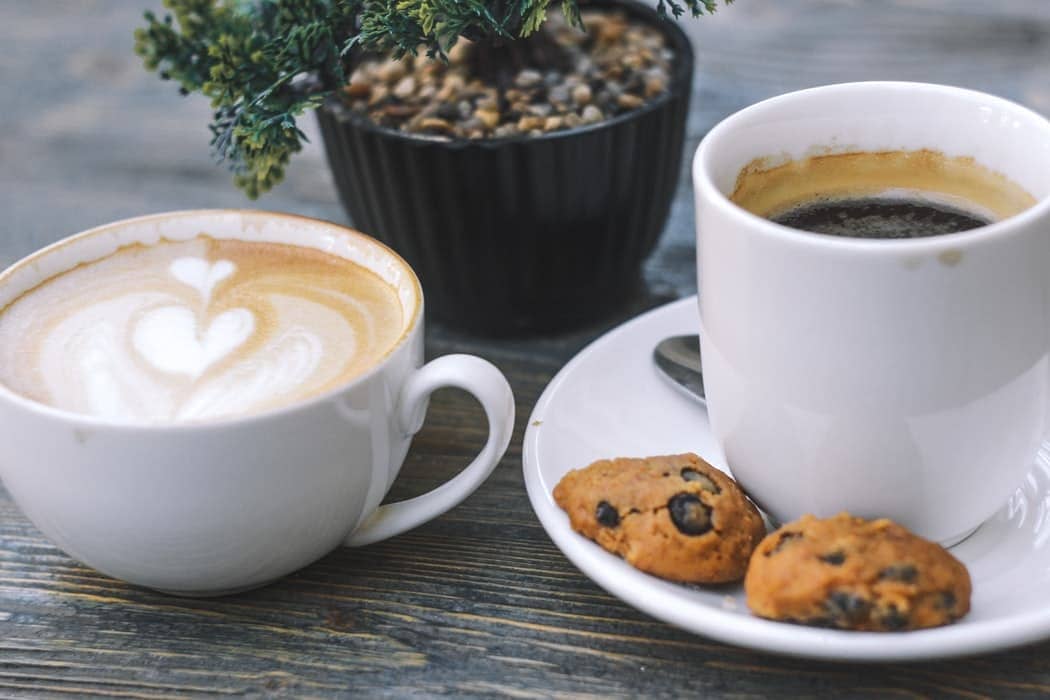
When being asked this question, most of us would probably say that teacups are made of porcelain or fine china, and basically that would be the correct answer. As for the coffee mugs, we would rather assume that they require a more sturdy material.
And indeed, fragile and elegant teacups are usually made from a high-quality ceramic material that we all know as china or porcelain (they are actually the same thing so don’t bother memorizing that).
But if we talk of some expensive or exclusive brands, we will see that those produce their teacups from bone china which is an extremely pricey material! It is made with the addition of real bone ash (that is where the name comes from), and that magical powder gives such tableware better durability and the incredible and amazing translucent finish that is praised so much.
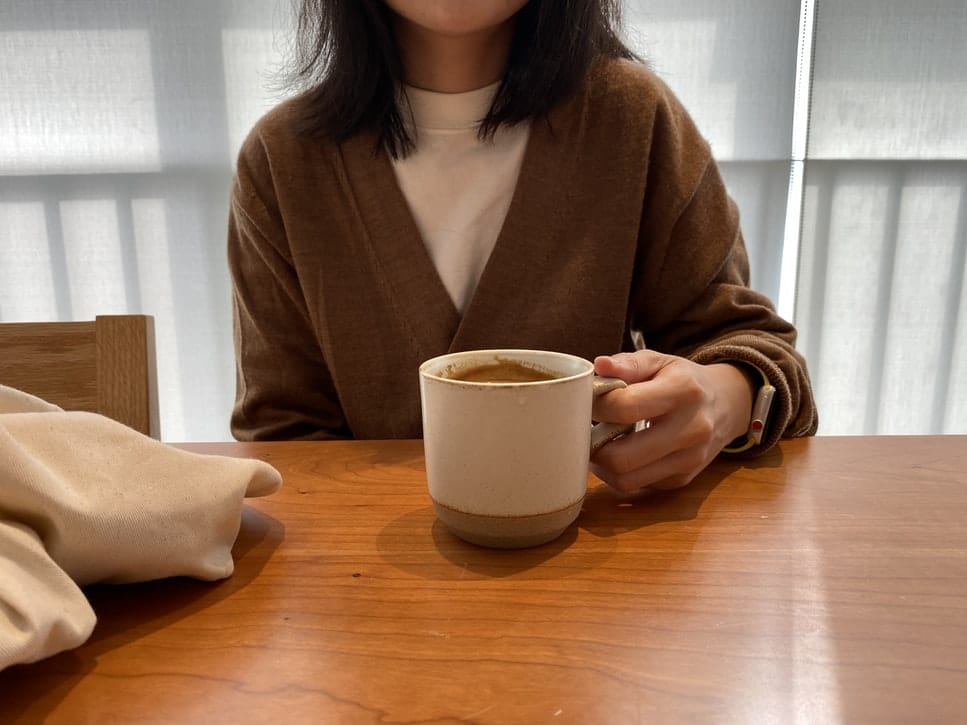
As for the coffee cups, they are way more varied. Of course, a traditional mug meant for coffee will be also made of ceramic, just like teacups are. However, when it comes to shapes and designs, coffee vessels can easily beat their fancy competitors!
Except for the common mugs for daily use, one can find elegant dining sets of cups for special occasions, and even the travel mugs that are made of durable and thermo-protective materials like stainless steel.
And of course, each of those can be designed in a most unpredictable and creative way! So maybe this is also the reason why so many people love coffee more than tea?
The Size Matters
As we already know, teacups are all about hidden meanings. And naturally, they can not be of any size and capacity! Of course, we need to take into account the national traditions of tea drinking in different countries since they will influence the appearance of the vessels. For instance, in China, tea cups must not be designed of more than 30 ml.
But since we are not in China, we can easily find cups of bigger capacity. Usually, you can find cups of 40 ml to 80 ml.
As for the coffee mugs, there is no standard capacity for them. You should rely more on your own taste and preference, e.g. if you like big cups more. However, we would recommend choosing medium cups of around 200 ml since they will keep the content hot longer, and you won’t end up with a cup of half-cold coffee.
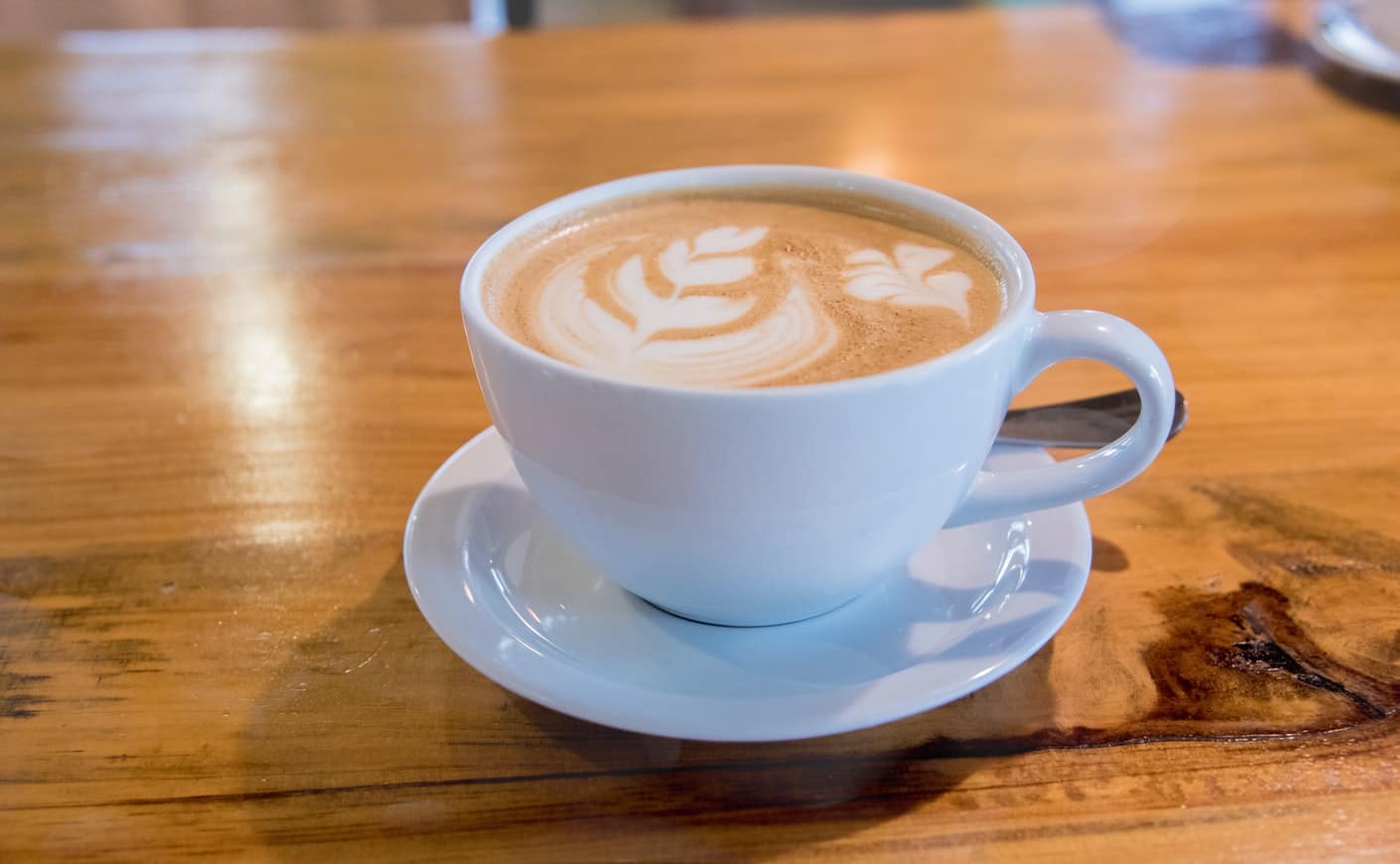
Also, if you are choosing coffee cups to serve on special occasions (e.g. dinner parties), it is better to think of smaller ones since they look more elegant.
Handle Them Right!
Who would think that the shape of a cup handle matters?! But when we are talking about teacups, it becomes a point of concern that’s worth considering.
Since a well-mannered person is supposed to hold a teacup delicately, between the thumb and either one or two fingers, that does not leave much space for a great grip. For this reason, most teacups have small single finger handles. However, in Asian countries, teacups normally have no handles at all, so consider that if you are thinking of buying a set of Japanese or Chinese tea bowls.
On the contrary, the handles of coffee cups are bigger (they can accommodate three to four fingers easily) and stronger since one must be able to hold a heavy cup filled with a hot drink. This gives the vessel more stability and allows you a firmer grip. And if you like holding your coffee cup with both your hands, go ahead, this beverage does not expect that much etiquette from you!
To make it simpler for you to memorize all these nuances, we prepared a comparative chart where all the differences can be seen clearly.
[table id=102 /]
Major Concerns When Picking Up Your Cup
If you decided to become an owner of a fine teacup, then you will most likely stumble upon certain issues that only experienced tea drinkers might know.
We figured out what makes people puzzled most of all, and here is what we got:
Porcelain or fine bone china?
A common person can hardly tell the difference between these materials, however, they do have certain distinctions.
Standard china and porcelain are basically the same material. Their names vary simply because of the location where they are used. In the U.S., for instance, it will be most likely referred to as china, whereas Europeans prefer using the word porcelain instead.
As for the fine bone china, it does have one huge distinction and that is bone ash. Yep, sounds creepy, but this stuff makes such cups almost transparent and gives them a unique color. Moreover, bone china cups are way more durable than their porcelain sisters which makes them quite expensive.
However, such delicate materials require respective attitude and, for example, fine/bone china vessels must never get in contact with boiling water or any extreme temperature fluctuations.
Does the cup influence the taste of tea?
Well, as far as we know, it doesn’t (if you didn’t drink something strong-tasting from it before, of course). But to improve the taste of tea, you could try to brew it using previously boiled water that cooled to 170 F. They say it helps to avoid that bitterness that we often sense in the drink.
As a variant, why not to season your tea with some spices like cinnamon or ginger? They will add more warmth, taste, and coziness to the drink, especially on a cold winter evening.
So now we have shared the major differences between teacups and coffee cups that you can come across. Since you are well aware now what to pay attention to when picking up a mug, and you also know what makes teacups so fancy, we are sure it will be way simpler to not only figure out what cup is in front of you, but also choose the vessel that fits your needs and taste best of all.
[wp-faq-schema title=”Frequently Asked Questions”]
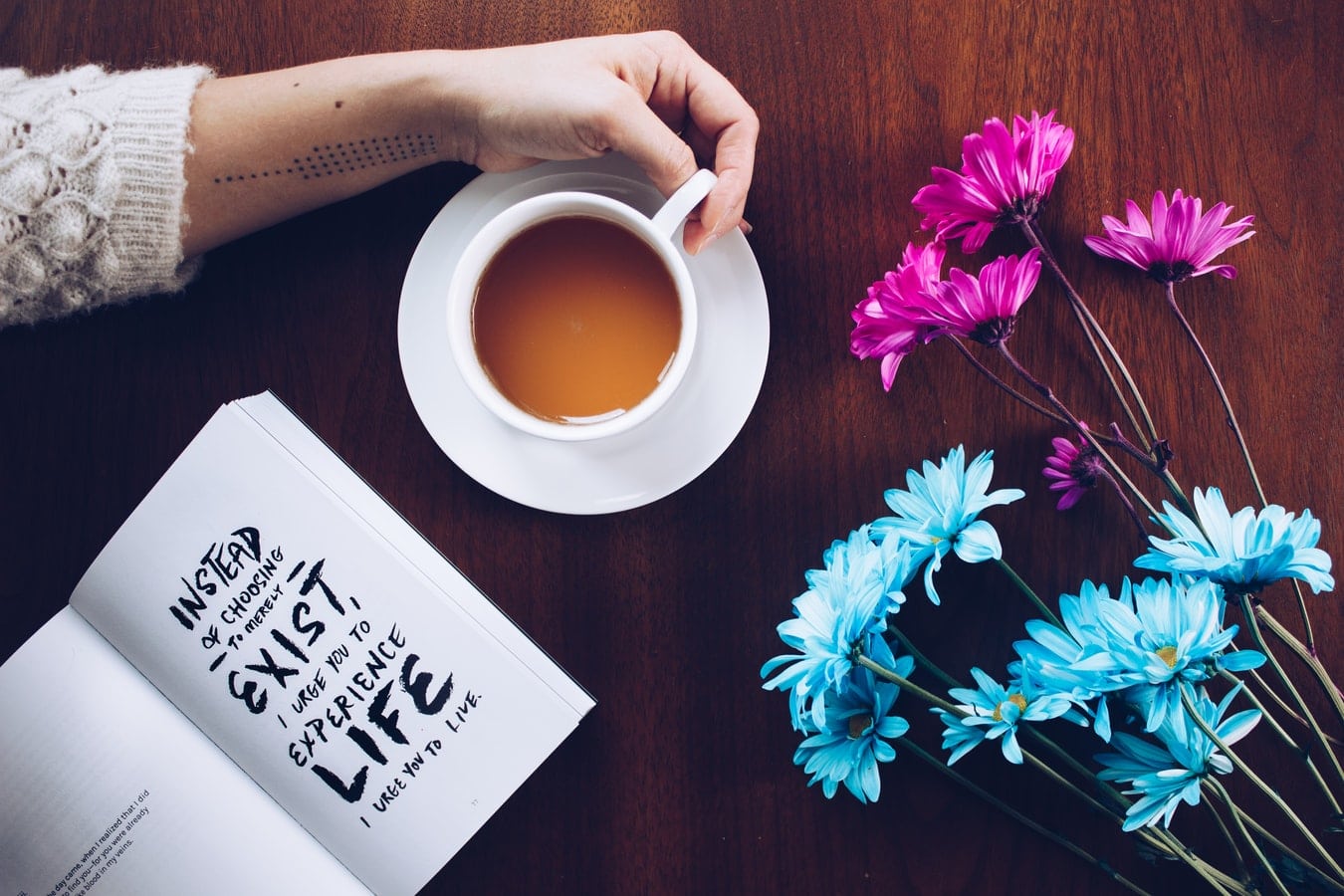
Hi! I try not to drink caffeine too much, so I wonder how much caffeine is in a cup of chai tea latte vs coffee? I heard milk can bring down the caffeine amount. Is that true?
I’m pretty sure that a cup of coffee contains a triple dose of caffeine compared to chai, even if it’s with milk. I never heard of milk decreasing caffeine, and I’m pretty sure it doesn’t make any difference, but anyway, chai tea will have less caffeine than coffee, so stick with that.
Hey! Does anyone know how much caffeine is in a cup of cocoa vs coffee and vs tea? Just wondering! Thanks.
Well, a standard cup of coffee has about 200 mg of caffeine in general (but it depends on the sort of beans since some can be stronger). As for the tea, one cup of black tea will give you approximately 60 mg, and a cup of green tea will have nearly 40 mg. Cocoa will have almost 8 mg so it’s close to caffeine-free stuff!
How much caffeine does a cup of coffee have vs Earl Grey tea? Does the sort of tea actually influence the amount of caffeine?
Coffee will anyway have more caffeine: a standard cup contains about 200 mg of it, sometimes less depending on its sort. But a cup of Earl Grey usually has 30 mg of caffeine as far as I know.